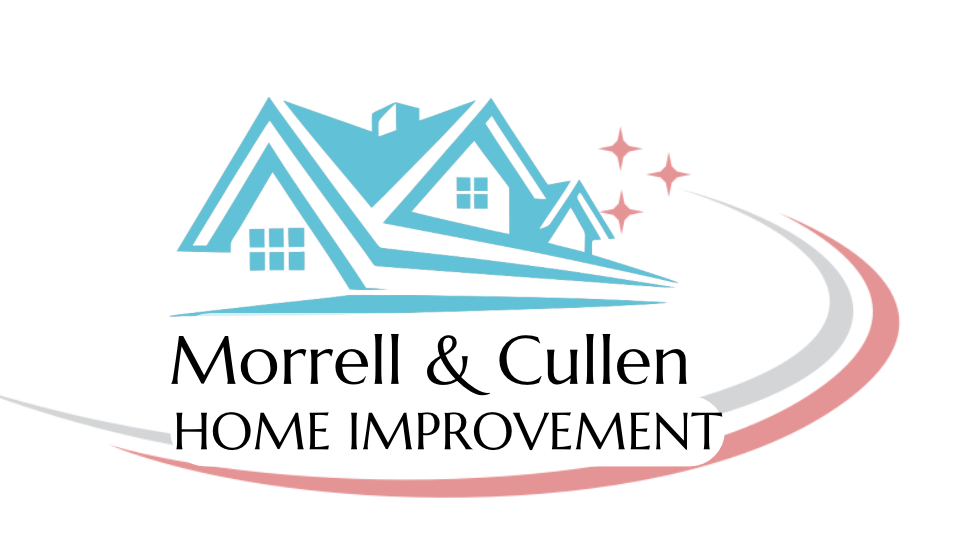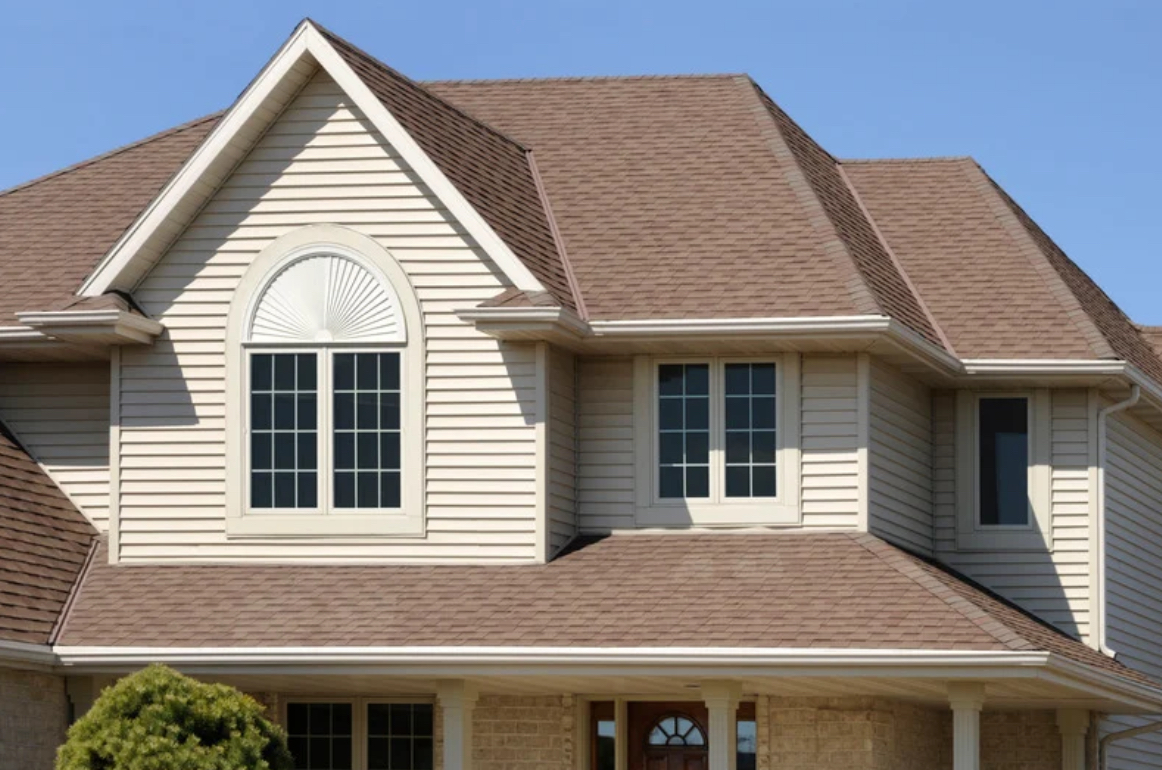Berkshire County
Vinyl Siding Services
Installations • Replacements • Repairs
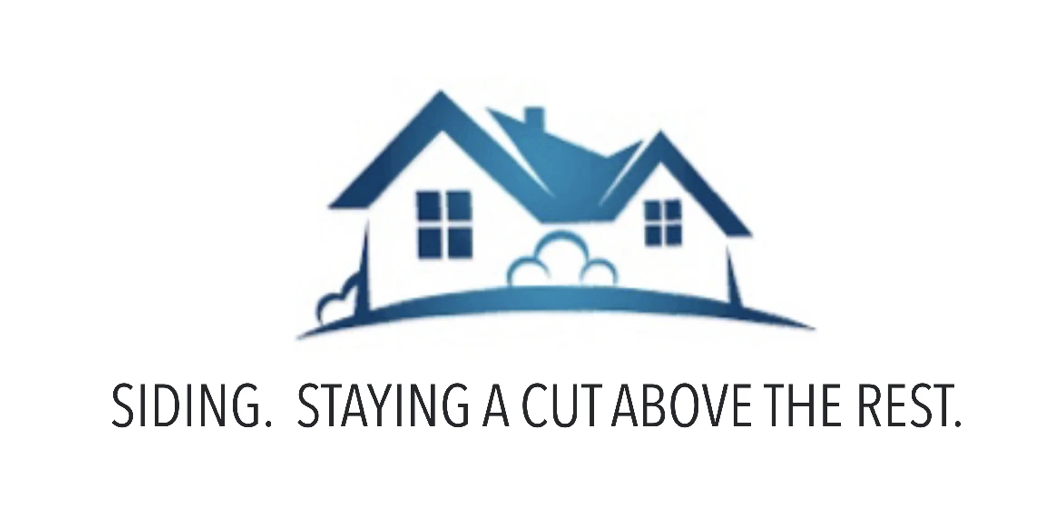
Vinyl Siding Specialists
Delivering Beauty, Performance & Peace of Mind
Morrell & Cullen Home Improvement has been helping Berkshire County homeowners protect and transform their homes with quality vinyl siding for more than three decades. By delivering skilled labor, knowledgeable craftsmanship and industry-leading products we proudly provide our customers with stunning exterior-solutions that are designed to:
Deliver optimal performance,
Maximize service life and
Strengthen the overall protection of your home
So whether you’re interested in transforming your home’s exterior appearance or preserving what already makes it unique, you can count on us to help make it happen- reliably and affordably.
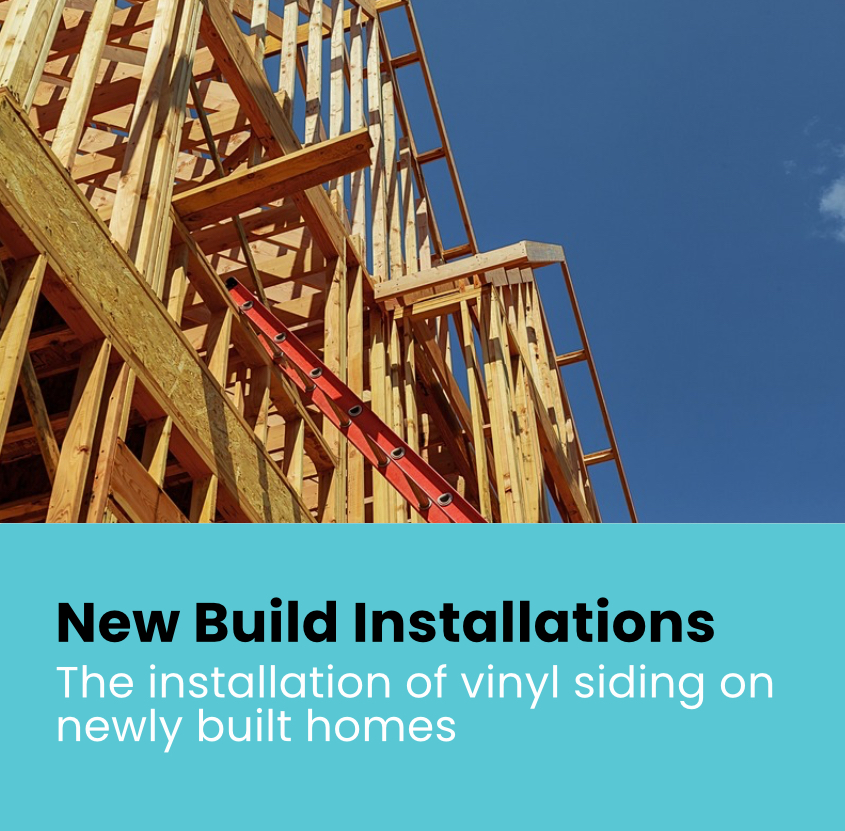
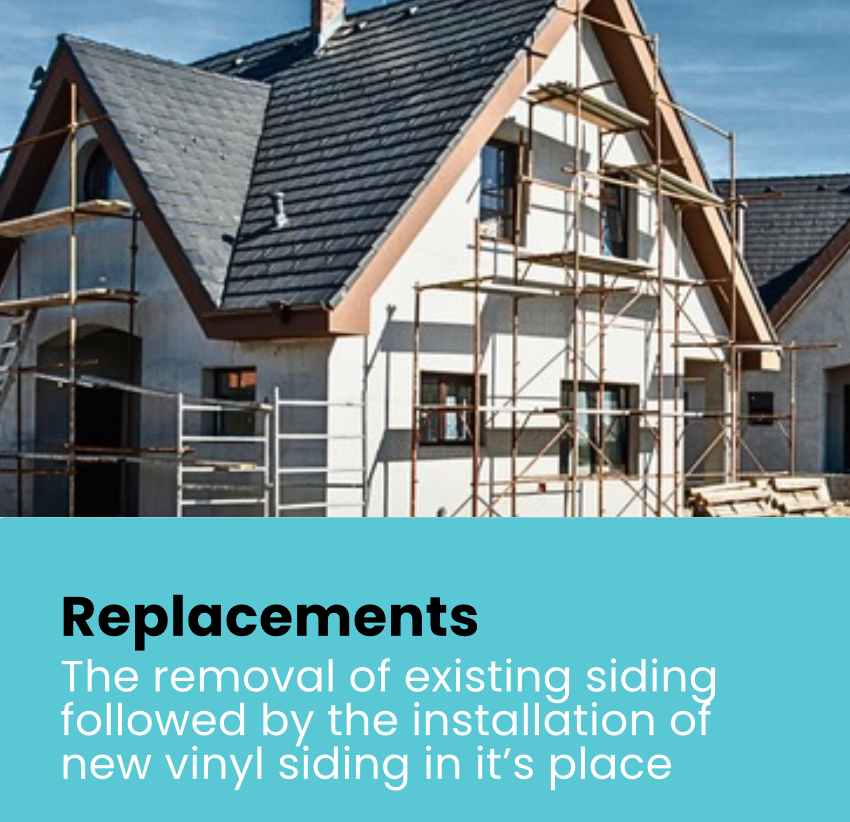
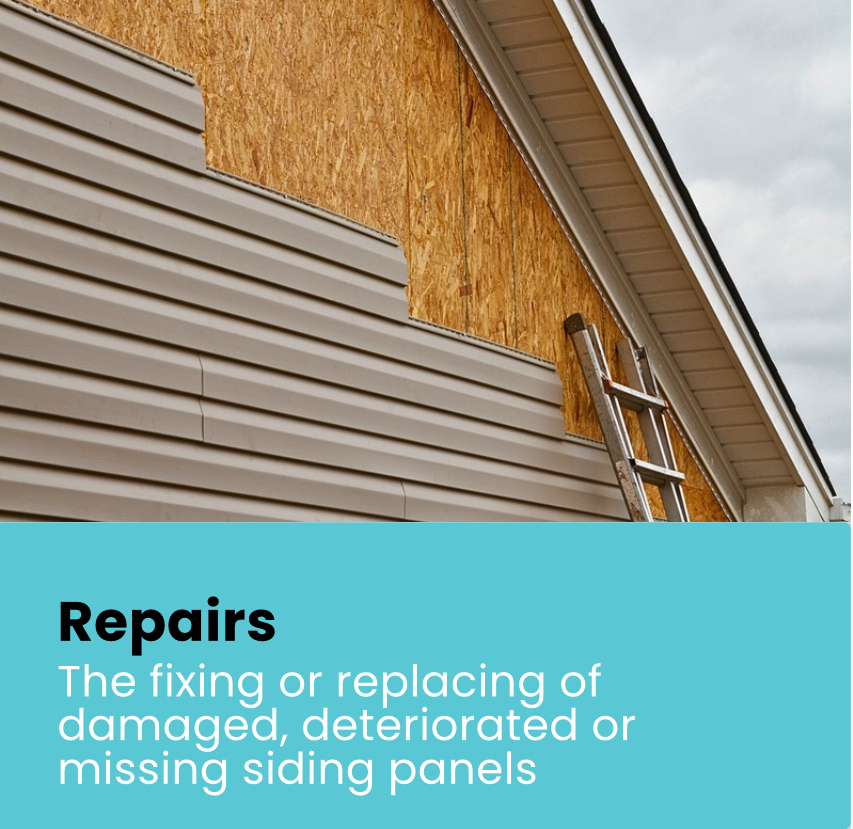
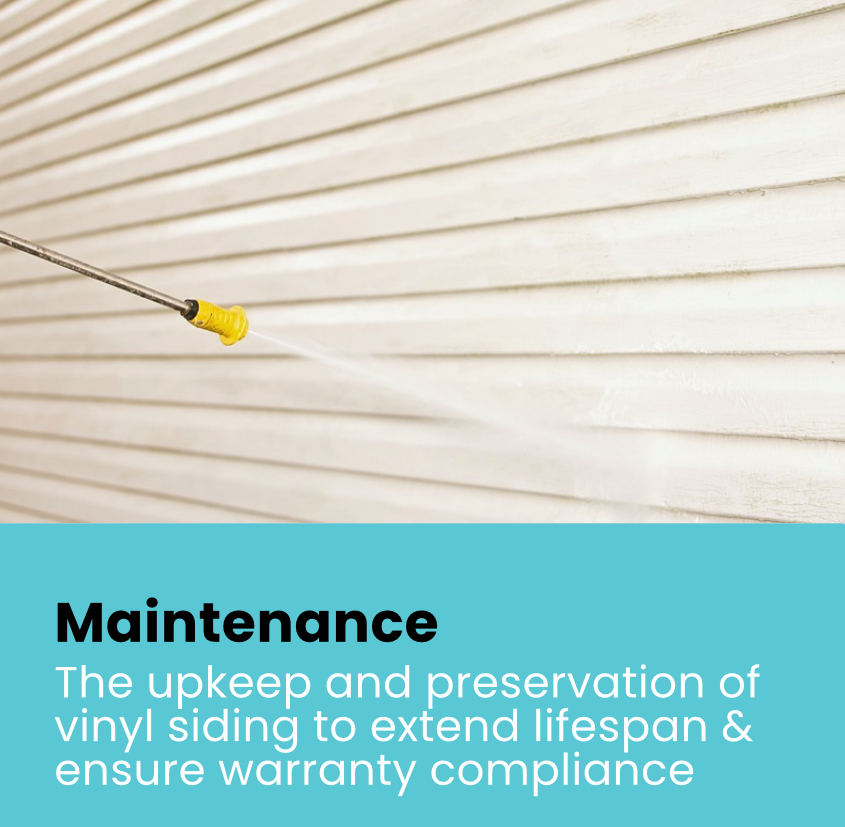
Increase Your Home’s Value with New Vinyl Siding
Skilled Craftsmanship
VSI Certified Installer
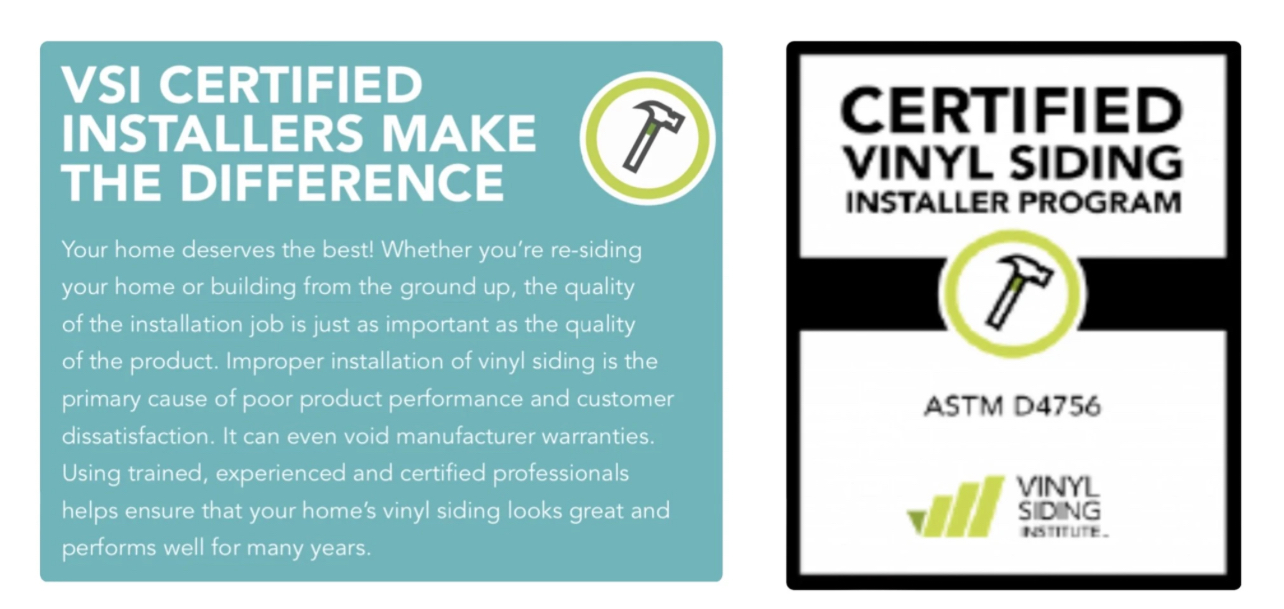
Industry Leading Products
Built for New England Homes
Not all siding products are designed to handle the challenges of our region — but the products we install are. Every siding line we offer has been specifically designed and manufactured to endure the various environmental-elements and drastic temperature changes of our unique New England climate.
From heavy snow and ice to wind, rain and humidity, we serve our customers with siding products that deliver the perfect blend of style and durability - not to mention, carry some of the best manufacturer’s warranties available in the industry.
For more brand-specific siding information, check-out our vinyl siding products page.
We Have The Perfect Siding Color For Your Home
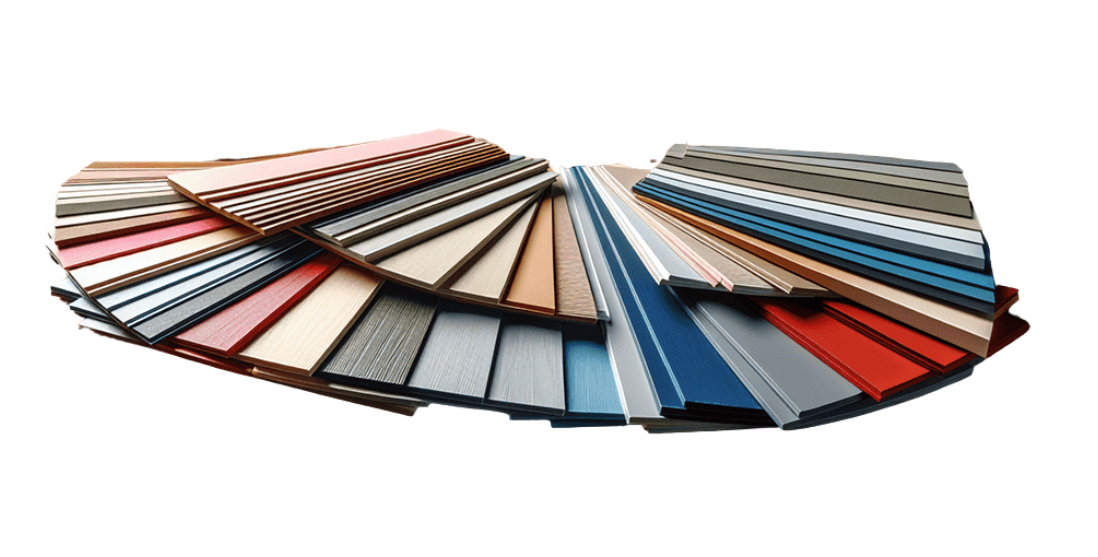
Why Choose Vinyl Siding?
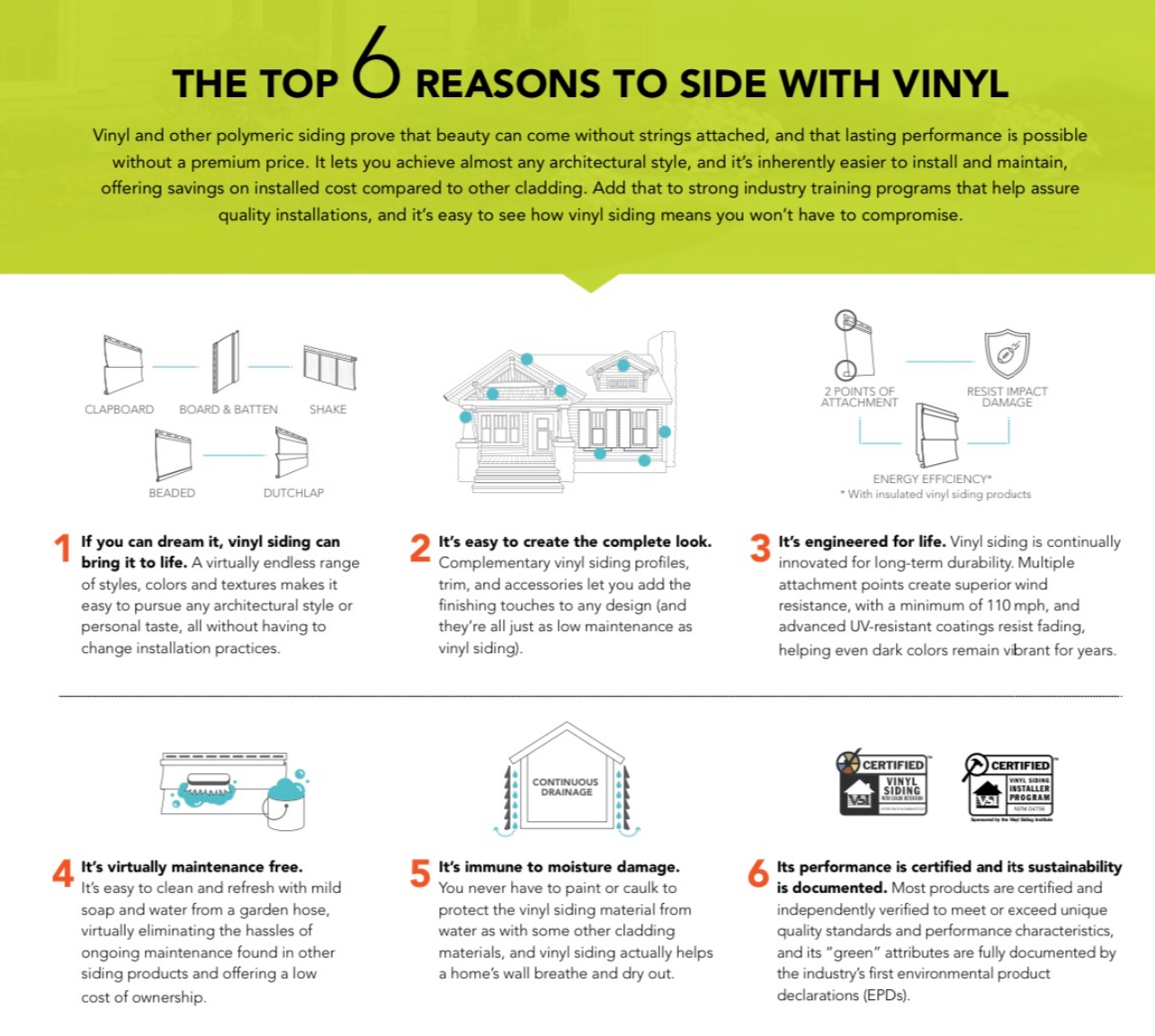
The Benefits of Vinyl Siding
Long-Lasting and Sustainable
Easy to Customize
Color and Style Versatility
Low-Maintenance
Weather-, Insect- and Fire-Resistant
Eco-Friendly
Energy-Efficient (Higher R-Value than Most Other Siding Materials)
Cost-Effective to Install
Easy to Repair
Fade and Scratch Resistant
Endures Winds of 110mph+
Impressive Manufacturer’s Warranties
Long Service Life (20-40yrs.)

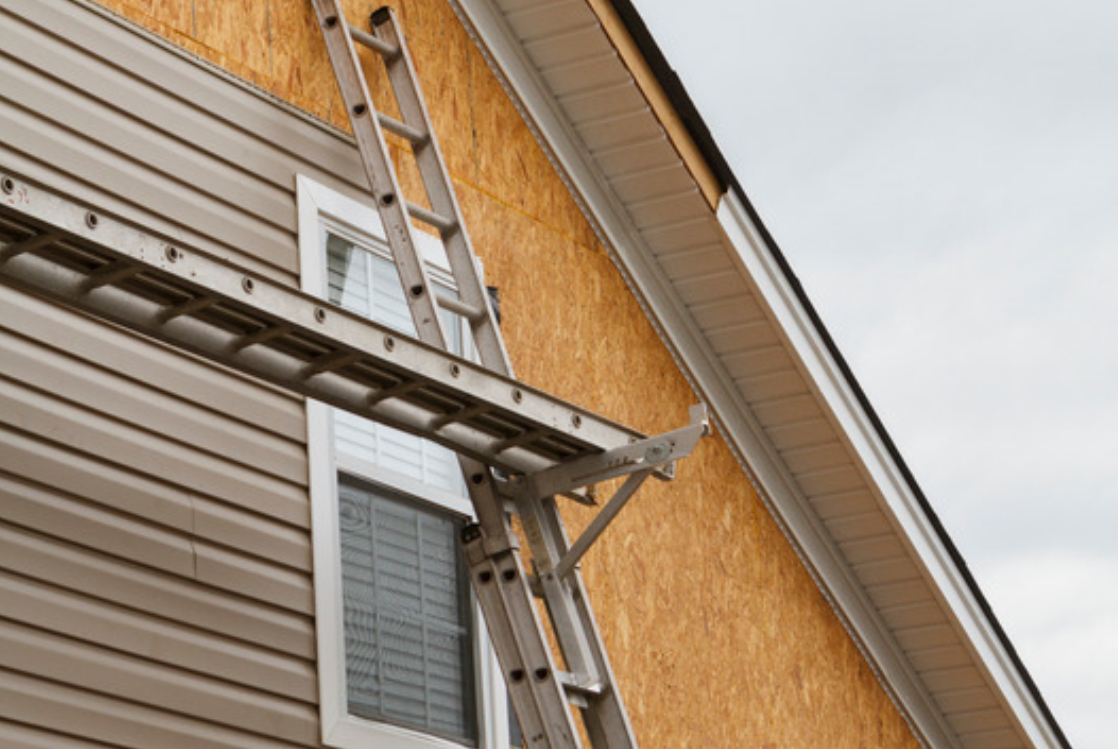
Installations & Replacements
Enhance and protect your home with our expert vinyl siding solutions. We offer high-quality residential vinyl siding installation and replacement services designed to boost curb appeal, improve energy-efficiency and provide long-lasting protection against the elements throughout all four seasons. Whether you're looking to update the exterior appearance of your home or replace aging, outdated siding, our wide-selection of architecturally-inspired designs —available in an array of colors— offers the versatility to achieve nearly any exterior design imaginable.
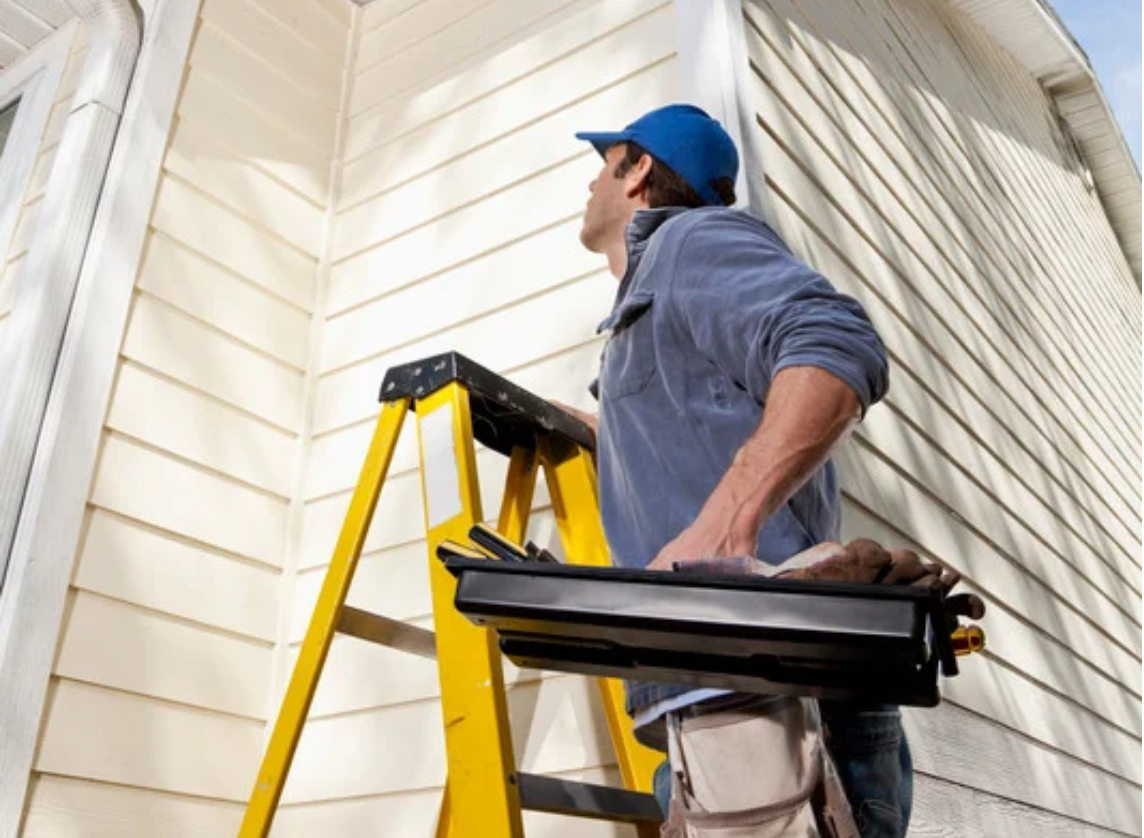
Repairs
Keep your home looking it’s best with our skilled and seasoned vinyl siding repair services. Your siding is exposed to a lot, and with time it can become damaged due to harsh weather, impact or even normal wear and tear - but that doesn’t always mean it needs to be replaced. Our vinyl siding services are designed to restore the appearance, durability and protection of your existing siding. From replacing warped, fading or missing panels to finding hidden water damage or diagnosing insulation issues, we’ll provide you with an honest, cost-effective solution focused on maximizing the lifespan of your existing siding.
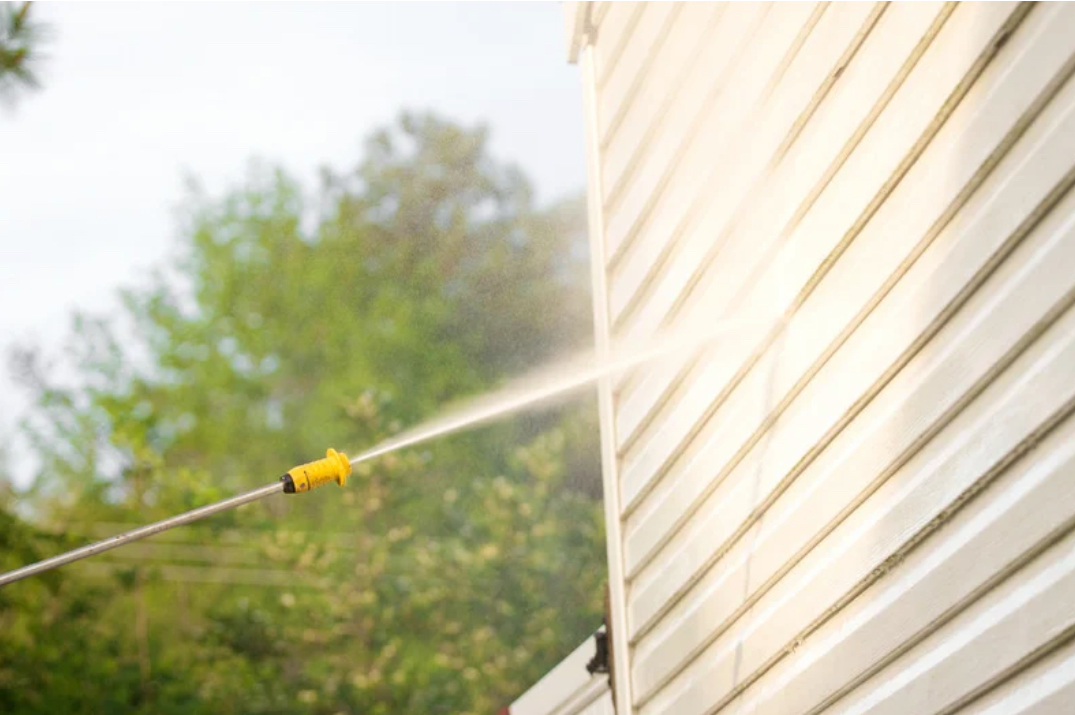
Maintenance
Protect your investment with our professional vinyl siding maintenance services. While vinyl siding is widely known for it's low-maintenance durability, a little basic upkeep can go a long way in preserving it's long-term appearance and performance. We provide thorough maintenance solutions tailored to the unique conditions of our local climate, including comprehensive inspections, mold and mildew buildup removal and caulking or sealant applications to help prevent moisture damage and future costly repairs. Address small issues early to help maintain a clean, well-sealed exterior to enhance your home’s curb appeal for years to come.
How to Maximize the Service Life of Vinyl Siding
Installing new vinyl siding on your home is a significant investment that you should only have to make once or twice during your lifetime. As a homeowner, there are several things that you can do to help ensure that you receive the maximum amount of service-life from your newly installed vinyl siding:
- Choose high-quality, certified vinyl siding (that has a thickness of at least 0.44")
- Hire a professional, licensed and insured contractor to install it for you
- Maintain your siding's cleanliness by washing it down at least once a year
- Address repairs in a timely-manner (particularly those that involve water damage)
- Keep grills, and any other combustables, at least 10ft. away from vinyl siding (or lean a 4"x8" fireproof-rated panel of drywall in-between your house and grill)
- If there's extra siding leftover, ask your contractor to leave behind a few panels incase any need to be replaced down the road (especially helpful if siding was custom-ordered)
Vinyl Siding FAQ 💬
1. Is vinyl siding expensive?
Vinyl siding is one of the most affordable cladding materials available on the market. It generally runs around $3-$12 per square foot (varying by brand and style). In comparison to fiber cement that starts at approximately $5 per sq. ft., brick at $9 and wood that can range from $3-$25 per sq. ft.
2. How much does it cost to install?
Vinyl siding's lightweight manufacturing and easy installation make it one of the least expensive siding materials to install. It has a typical labor rate of approximately $2-$5 per square foot of exterior surface space; making the overall cost of installation (the price of labor plus materials) to typically fall somewhere in between $5-$17 per square foot.
To remove and dispose of existing siding, typically costs anywhere from $900-$3,500 (on average) with prices varying greatly dependent on the size of the house and the size of the dumpster and rental fees at the time of installation.
The typical price range to install vinyl siding is broad because it depends on a wide variety of factors and variables. Material type, siding thickness, style, insulation options, and brand can all dramatically influence the cost. Beyond that, labor costs vary depending on the size and complexity of the home, regional pricing differences, and whether additional work is needed—such as removing old siding, dumpster fees, repairing sheathing, upgrading trim etc. Because each of these elements has its own cost range, the overall price for vinyl siding installation can vary significantly from one project to another.
(See FAQ #3 for some of the top factors that affect the cost of installation)
3. What factors impact the cost of installation?
Some of the primary factors that impact the cost of installation are:
- The size of the house being sided larger homes require more material and take longer to install
- The brand and style of vinyl siding Generally speaking, the thicker and more texturized the siding panels are, the more they're going to cost. Insulated vinyl siding costs significantly more than regular vinyl siding. Also, darker colors tend to be pricier than lighter colors
- The existing siding material on a house (replacements only)
Some siding materials are more time-consuming and expensive to remove and dispose of than others. Also, some older homes may need deleading prior to the installation of new siding. Similarly, asbestos may be a concern in some older homes and require encapsulation or abatement
- The condition under existing siding Things like water and termite damage, mold/mildew growth etc. can be hidden underneath existing siding and have the ability to cause long-term structural damage if not addressed prior to the installation of new siding. Unfortunately, this type of damage is often only exposed once the existing siding has been removed
- Replacement vs overlaying
In some scenarios, existing siding can be used as a substrate for new siding via a process commonly referred to as "overlaying”. In an overlay, a new layer of siding is installed directly over an existing layer; eliminating the need to remove the current cladding before installing a new layer, as in a replacement, making it significantly more cost-effective than a replacement. While it’s an appealing alternative for those in-need of a budget-friendly cladding solution, certain criteria must be met before it can be considered as a viable action
***
The factors below don’t specifically influence our installation prices, yet they’re known to frequently impact prices within the industry at large, making them worth noting:
- The style of the house being sided A basic square shaped house is considerably easier and cheaper to side than one that has multiple eaves and/or turrets
- The number of openings on a house (such as doors, windows, etc.) Typically, the more openings there are for contractors to work around, the longer the siding will likely take to install
- Seasonal labor rates Installation prices often vary depending on the time of year that you're having your siding installed
4. How long does vinyl siding last?
Vinyl siding should last for around 30 to 40 years; however, with proper installation, routine maintenance and timely upkeep on minor repairs, vinyl siding has the potential to last for up to 60 years under normal climate conditions. (See FAQ#5 for a list of factors that can impact service-life).
5. What factors affect service life?
The lifespan of vinyl siding is dependent on a combination of contributing factors; some of which homeowners have control over and others which they don't. Below are some of the more common variables that impact service-life:
- Climate: Modern-day vinyl siding has come a long way in the past few decades. It's weather- and solar-resistant manufacturing is specifically designed to help prevent environmentally-induced damage from occurring too soon. However, like any exterior product, prolonged exposure to extreme weather conditions and harsh environmental-elements can cause vinyl siding to exhibit signs of premature aging.
- Siding Quality & Brand: Although exact material-composition may vary slightly by grade, style and brand, most vinyl siding products are manufactured from a plastic polymer known as polyvinyl chloride (aka PVC). The different tiers, or grade levels of vinyl siding, generally has more to do with the varying degrees of thickness of the siding panels (usually ranging between 0.35mm-0.55mm). Choosing a reputable brand that has a thickness of at least 0.42-0.45mm can help to ensure that you receive the maximum amount of service life from your vinyl siding.
- Maintenance: Like most parts of a house, vinyl siding benefits from periodic maintenance. Routine cleanings and a commitment to upkeep on minor repairs can significantly help to retain it's long-term beauty and proper functionality. However, neglecting the health of vinyl siding can have the opposite affect; leading to an unsightly exterior appearance as the panels begin degrading before the end of their anticipated lifespan.
- Installation: Proper installation is vital in maximizing the service-life of vinyl siding. It helps to secure long-term functioning and plays an essential role in siding's reaction to climate. Improper installation, on the other hand, can leave siding vulnerable to a myriad of potential problems (like buckling & warping); and in turn, result in a shorter than expected lifespan.
6. Does vinyl siding need to be maintained?
While one of the most appealing aspects of vinyl siding is it's low-maintenance durability, it's still an exterior product that comes into direct contact with the outside world. Consequently, things like bird and insect droppings, pollen, nests and webs etc. can cause dirt and other debris to accumulate and stain the surface of the panels. If allowed to sit for an extended period of time, a gradual, unsightly buildup of mold and mildew may start to appear (particularly in areas with excessive shade). The long-term presence of mositure can then trigger a whole myriad of potential, future problems to occur down the road. But the good news, is that maintaining vinyl siding isn't difficult and doesn't have to take long! A little mild soap and a garden hose are all that's required to prevent future problems and keep your exterior looking new for years to come.
(For more information, see our vinyl siding maintenance page)
7. Can vinyl siding be painted?
While it can be done, it isn't something that's generally recommended. Not only does it risk voiding the manufacturer's warranty but many homeowner's insurance policies won't honor claims for vinyl siding that's been painted.
Vinyl siding that's damaged or in rough condition should always be replaced. In fact, painting vinyl siding that's aging or fading, can actually end-up doing more harm than good. Darker paint colors absorb heat from the sun that then transfer to the substrate and can cause siding to warp or buckle; resulting in unexpected repair bills or the need for an earlier than anticipated replacement.
And while painting your vinyl siding may appear to be a more cost-effective alternative to getting it replaced, paint jobs generally need to be touched-up (or even fully repainted) every 5 years; making the overall cost to maintain a paint job quickly add-up to a price that's equivalent to what it would've been to have it newly sided.

